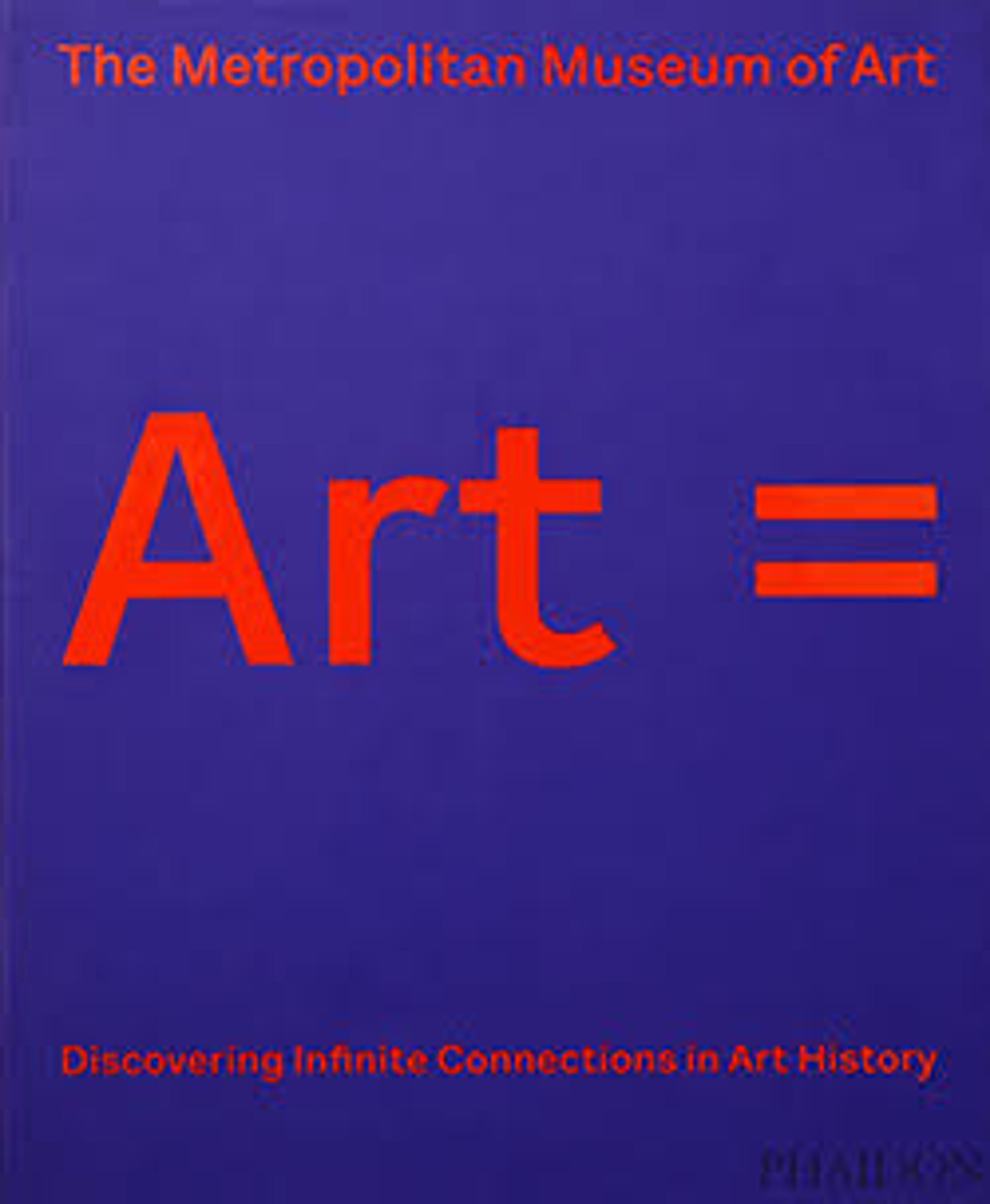Jalais Hill, Pontoise
This view of Pontoise, just northwest of Paris, helped establish Pissarro’s reputation as an innovative painter of the rural French landscape. The critic Émile Zola praised the picture enthusiastically when it was shown along with another rustic scene at the Salon of 1868, writing, "This is the modern countryside. One feels that man has passed by, turning and cutting the earth. . . . And this little valley, this hill have a heroic simplicity and forthrightness. Nothing would be more banal were it not so grand. From ordinary reality the painter's temperament has drawn a rare poem of life and strength."
Artwork Details
- Title:Jalais Hill, Pontoise
- Artist:Camille Pissarro (French, Charlotte Amalie, Saint Thomas 1830–1903 Paris)
- Date:1867
- Medium:Oil on canvas
- Dimensions:34 1/4 x 45 1/4 in. (87 x 114.9 cm)
- Classification:Paintings
- Credit Line:Bequest of William Church Osborn, 1951
- Object Number:51.30.2
- Curatorial Department: European Paintings
Audio
6282. Jalais Hill, Pontoise
0:00
0:00
We're sorry, the transcript for this audio track is not available at this time. Please email info@metmuseum.org to request a transcript for this track.
More Artwork
Research Resources
The Met provides unparalleled resources for research and welcomes an international community of students and scholars. The Met's Open Access API is where creators and researchers can connect to the The Met collection. Open Access data and public domain images are available for unrestricted commercial and noncommercial use without permission or fee.
To request images under copyright and other restrictions, please use this Image Request form.
Feedback
We continue to research and examine historical and cultural context for objects in The Met collection. If you have comments or questions about this object record, please contact us using the form below. The Museum looks forward to receiving your comments.
